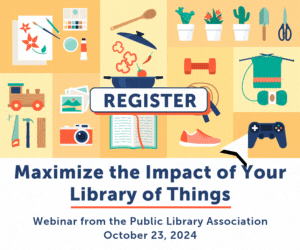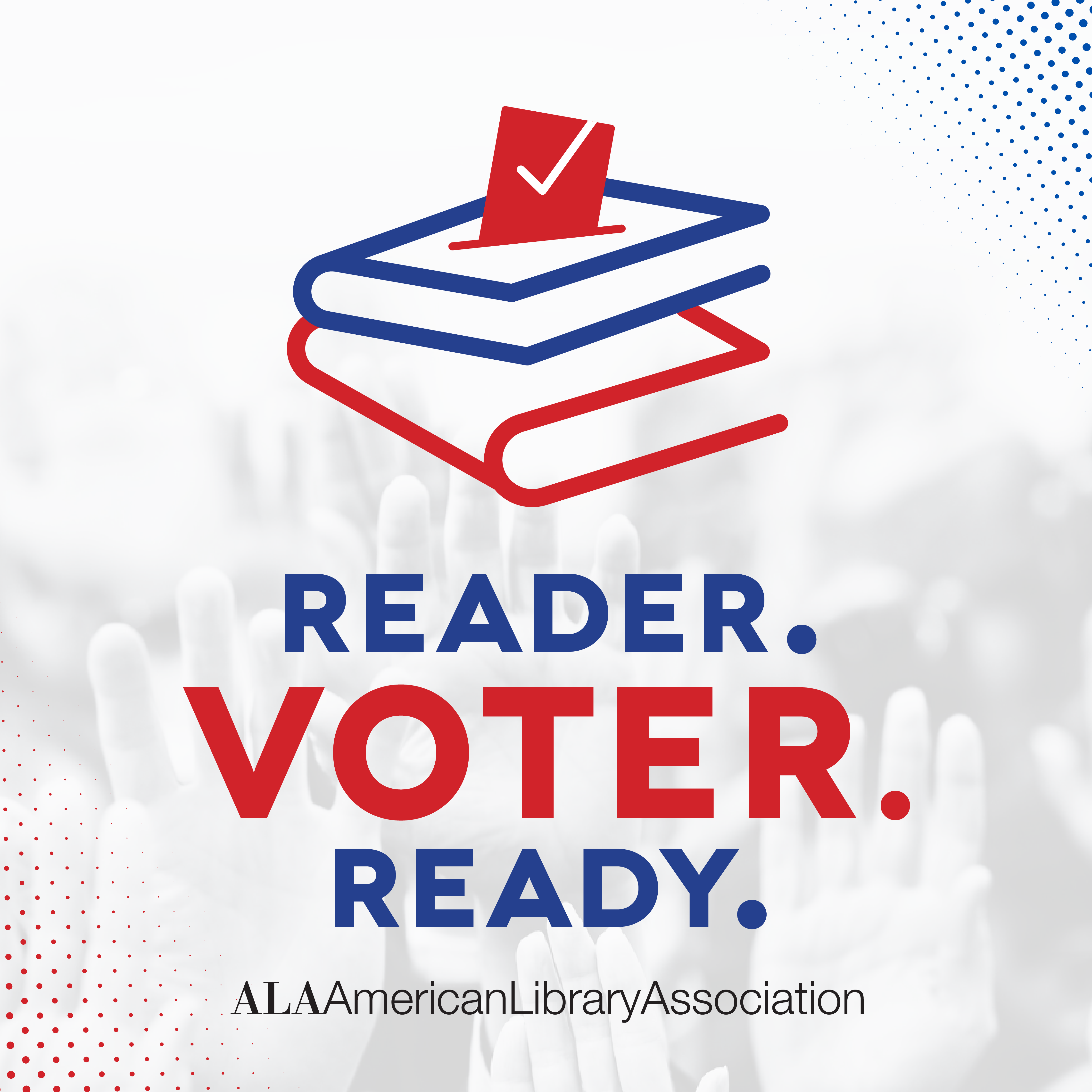Librarian Takes It Off In The Stacks; Goes Viral

Fake news. We didn’t see this coming, did we? Relax everyone! She only took off her glasses. It’s this type of sensationalized headline that has fueled fake news consumption made prevalent during the recent presidential election. Clickbait is certainly nothing new, very much akin to methods used in supermarket tabloids, but what surprised me most is many people believed the fake news and gave credence to outrageous posts that came across their news feed and memes displayed on their phones via social media.
In a recently completed study,[1] most tech-savvy students have a difficult time distinguishing between real and fake news, or identifying the author of an article, according to researchers at the Stanford History Education Group. Researchers began the study in January 2015, because there were few ways to assess how students evaluate online information.
When we understand what motivates people to disseminate false news or conjure up sensationalized headlines it helps us, as librarians, to identify such stories and address them using information literacy tactics. Oddly enough, many times, consumers do not distinguish articles as false if the topic resonates with their beliefs, so they lend much more credibility to it rather than news they do not agree with.
Greed, influence, persuasion, and power seem to fuel much of the fake news we are hearing about lately. We as consumers must think critically to identify fake or parody sites, opinion pieces, sites or articles with ideological slants, satirical sites, and typosquatting, not to mention sponsored ads that appear in the body of an otherwise credible source.
One of the main reasons people create fake news: money. A recent BBC article identified a small city in Macedonia where teenagers earned advertising dollars by creating fake news websites centered on the U.S. presidential campaign.[2] People make money by creating content and placing ad space on that content via services like Google AdSense. They use click bait articles to entice readers to click on links, share content, and boost the popularity of their pages, resulting in more ad revenue. Authors of these pages purchase Facebook ads to generate more clicks to the page. This is not a new trend and there are other iterations of it, but that is basically how it works.
Why does it pose such a challenge for us librarians?
Librarians have professional standards we abide by for reference services which include identifying the accuracy, currency, and authority of a source as well as uncovering any bias it may display. We know how to search and retrieve valuable information on the Internet as well as find vetted, trusted materials.
What public libraries can do right now is to promote themselves as experts in information literacy through programming (computer classes, webinars, in-library displays) in their libraries as well as promotion (via blog posts, e-mail newsletters, and especially social media). Create a meme that drives the point home!
As I mentioned earlier, there are many related issues and I will leave with some questions that I hope to answer in future posts, or perhaps you may comment below and collectively, we can find answers.
How can we get the trusted, vetted content public libraries pay so much for in front of our patrons?
If the dearth of school and teacher librarians continues, where do public libraries fit into teaching information literacy?
How do public libraries teach information literacy? How do they incorporate it into their programming?
For more information:
- Professional Competencies for Reference and User Services Librarians
- Stanford researchers find students have trouble judging the credibility of information online
- Teaching Information Literacy Now
References
[1] Stanford History Education Group, “Evaluating Information: The Cornerstone of Civic Online Reasoning” (executive summary, Los Angeles, 2016), 4–5.
[2] Emma Jane Kirby, “The city getting rich from fake news,” BBC News, December 5, 2016.
Tags: click bait, fact checking, facts, fake news, information literacy, reference services, sponsored ads, vetted









